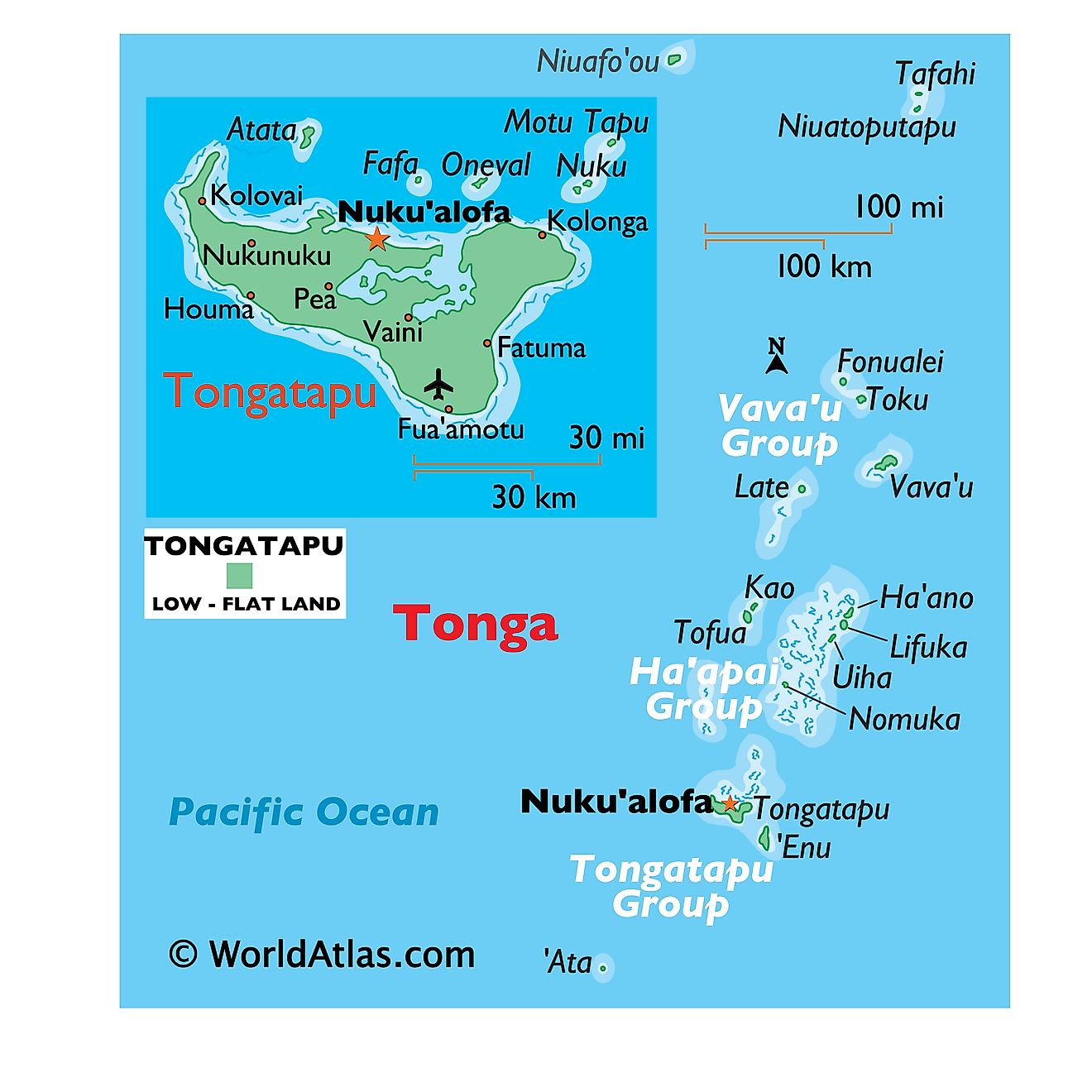Condobloke
Well-Known Member
When Is A Town Not A Town – when it is a toilet and a few scraps of metal once known as “Paradise”
Driving from Moree to Mungindi is a challenge. It is 122 km, with nothing in between. Just a road and vast plains which stretch to the horizon.
Given that kind of narcoleptic challenge, I was alert to the place known as Neeworra Wine Shanty which, the brochures say, is approximately 11 km from Muningdi.
The story, as told on the huge sign in the middle of a paddock beside the road, is that “A few rusty tins, a handful of gravel on an old pathway and the memory of a once proud peppertree are all that now remains of an isolated wine shanty which was part of a little village called Neeworra.
“Its first name was Paradise - so named by a boatload of thankful people escaping from the 1890 flood. Paradise it must have seemed indeed as they disembarked at the sandhill not far from the site of the old Whalan Bridge.
“It was not long before houses and a wine shanty were built as this site was adopted as the official mail exchange station for the coaches operating between Moree and Mungindi.
“Paradise was first licensed for wine in 1898 and was operated by Herb Collier. Paradise continued until 1914 when, with the coming of the railway siding was renamed Neeworra and was gazetted on October 1, 1913.
“This site, which is between the Moringa and the Kraal turnoffs soon boasted a Station Master's residence, ticket office, goods shed and trucking yards. Following this, six residences, a small school and the Post Office store and Wine Shanty were built. The shanty was built by Jim Dawson and was rented then for £1 per week. Paradise gradually disappeared, and only Neeworra remained as the hub of activity for the area.
“About 1938 when electric power and reticulated water came back to Mungindi, all the inhabitants moved there and the Neeworra village slowly disappeared. The school was taken to Garah for use there in about 1939. The wine shanty, railway siding and trucking yards then remained.
“In its heyday the shanty with its mechanical petrol bowser and peppertree, catered for the many wants and needs of the local station people and travellers alike.
“Although the liquor license was for wine only, there were rumours many bottles of ale were consumed from kerosene refrigerators and from under wet bags. The Wine Shanty was burnt down on August 8, 1962.
“It is no longer a place for a quiet ale or chat. Nor is there any mail, groceries, petrol or telephone there. Time itself has removed those more tangible things but memories will keep alive that colourful and unique meeting place for a long time to come.”
There’s a map of the town on the sign; two sheds; and, hilariously, a toilet (a true Australian dunny) with the droll, pre-unisex joke of “HIS” pointing to the left, “HERS” pointing to the right but, as anyone can see, there is a single toilet behind ... with nothing more than a hole in the ground.
You can see the joke: “Oh, look there’s one for men and one for women. See you outside in a couple of minutes, darls.” The couple head to their respective sides only to meet behind the corrugated iron. Very droll! Very Australian!

Credit to: https://www.facebook.com/aussietowns
Driving from Moree to Mungindi is a challenge. It is 122 km, with nothing in between. Just a road and vast plains which stretch to the horizon.
Given that kind of narcoleptic challenge, I was alert to the place known as Neeworra Wine Shanty which, the brochures say, is approximately 11 km from Muningdi.
The story, as told on the huge sign in the middle of a paddock beside the road, is that “A few rusty tins, a handful of gravel on an old pathway and the memory of a once proud peppertree are all that now remains of an isolated wine shanty which was part of a little village called Neeworra.
“Its first name was Paradise - so named by a boatload of thankful people escaping from the 1890 flood. Paradise it must have seemed indeed as they disembarked at the sandhill not far from the site of the old Whalan Bridge.
“It was not long before houses and a wine shanty were built as this site was adopted as the official mail exchange station for the coaches operating between Moree and Mungindi.
“Paradise was first licensed for wine in 1898 and was operated by Herb Collier. Paradise continued until 1914 when, with the coming of the railway siding was renamed Neeworra and was gazetted on October 1, 1913.
“This site, which is between the Moringa and the Kraal turnoffs soon boasted a Station Master's residence, ticket office, goods shed and trucking yards. Following this, six residences, a small school and the Post Office store and Wine Shanty were built. The shanty was built by Jim Dawson and was rented then for £1 per week. Paradise gradually disappeared, and only Neeworra remained as the hub of activity for the area.
“About 1938 when electric power and reticulated water came back to Mungindi, all the inhabitants moved there and the Neeworra village slowly disappeared. The school was taken to Garah for use there in about 1939. The wine shanty, railway siding and trucking yards then remained.
“In its heyday the shanty with its mechanical petrol bowser and peppertree, catered for the many wants and needs of the local station people and travellers alike.
“Although the liquor license was for wine only, there were rumours many bottles of ale were consumed from kerosene refrigerators and from under wet bags. The Wine Shanty was burnt down on August 8, 1962.
“It is no longer a place for a quiet ale or chat. Nor is there any mail, groceries, petrol or telephone there. Time itself has removed those more tangible things but memories will keep alive that colourful and unique meeting place for a long time to come.”
There’s a map of the town on the sign; two sheds; and, hilariously, a toilet (a true Australian dunny) with the droll, pre-unisex joke of “HIS” pointing to the left, “HERS” pointing to the right but, as anyone can see, there is a single toilet behind ... with nothing more than a hole in the ground.
You can see the joke: “Oh, look there’s one for men and one for women. See you outside in a couple of minutes, darls.” The couple head to their respective sides only to meet behind the corrugated iron. Very droll! Very Australian!

Credit to: https://www.facebook.com/aussietowns







